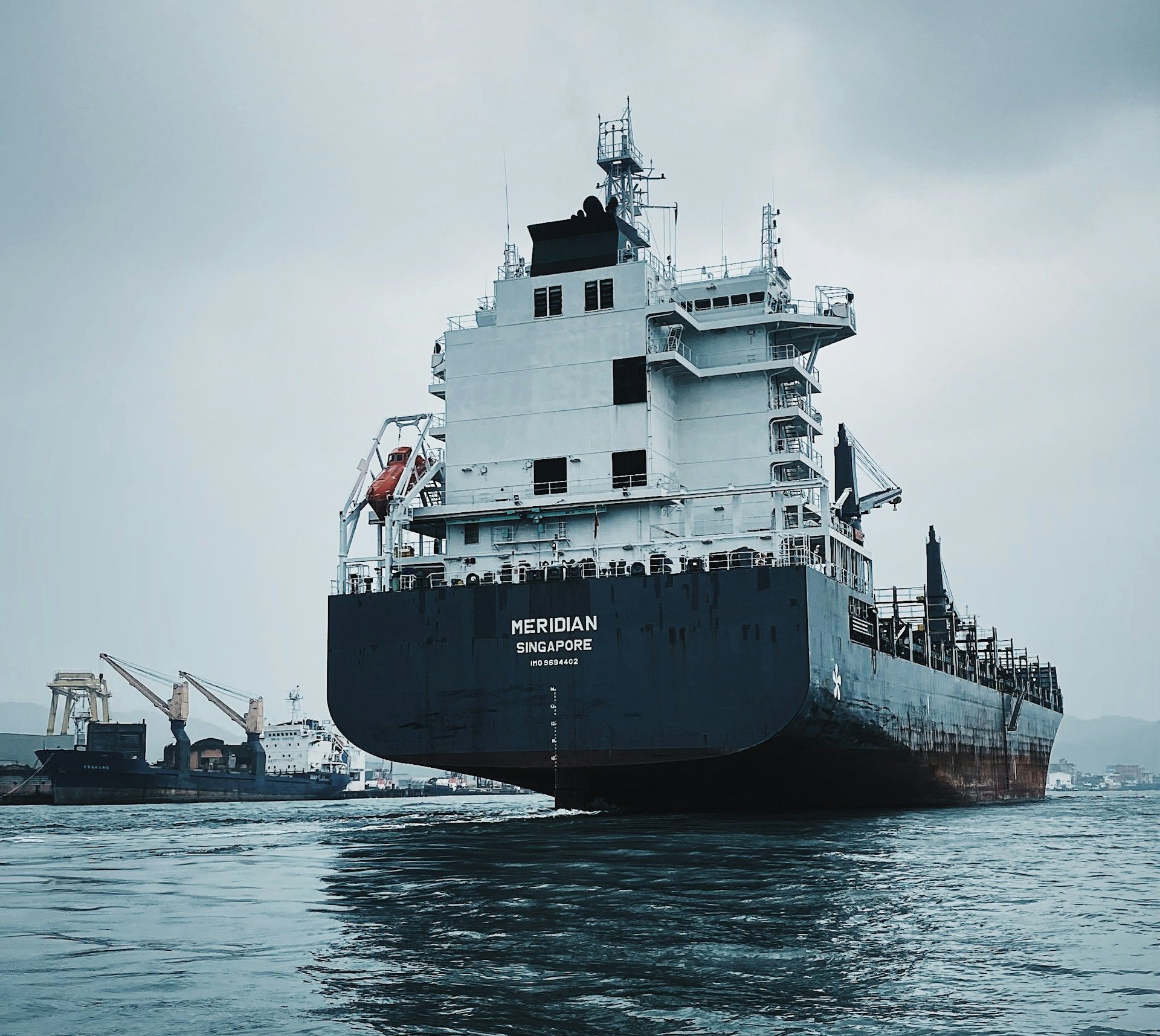President Donald Trump’s 2025 tariff overhaul is not a symbolic gesture. It’s a structural realignment that reintroduces trade friction as a core feature of global commerce. The move sets a new baseline: a 10% global minimum tariff, a 15% standard for most trading partners, and penalty rates up to 41% for countries with large goods trade surpluses. The result? A meaningful rise in the average US tariff rate—from 2.3% in 2024 to 15.2%—and a cascading repricing of supply chains, trade agreements, and capital flows.
This recalibration comes after months of ambiguous positioning from the White House. What was once postured as “reciprocal” tariffs has now hardened into a policy framework that sorts trading partners into three tiers: surplus holders (10%), deficit contributors (15%), and non-compliant or high-surplus economies (20–41%). The implications are far-reaching. This is less about managing bilateral imbalances and more about resetting the operating assumptions that govern trade exposure and investor confidence.
Trump’s administration initially floated these tariffs in April, framing them as reciprocal levies to correct trade asymmetries. But delays followed—first to soothe markets, then to allow bilateral bargaining. By July 31, the negotiations had effectively ended. A sweeping order was signed with little fanfare, locking in rate structures for over 40 nations. While major industrial economies like the EU, Japan, and South Korea accepted the 15% standard, countries like India (25%), Taiwan (20%), and South Africa (30%) were penalized for either resisting negotiation or running persistently high US trade surpluses.
Smaller, geopolitically marginal economies bore the harshest rates: Syria at 41%, Myanmar and Laos at 40%. These figures send a clear message—alignment with US trade objectives now comes with quantifiable costs. The policy isn’t just an economic lever; it’s a geopolitical instrument.
The decision to raise Canada’s tariff rate to 35% is particularly notable. As one of the United States’ closest trade partners, Canada’s integration into US supply chains—especially in the automotive, lumber, and energy sectors—has long been seen as strategic. A 35% tariff, then, is not a tweak. It’s a signal. The exemption logic of prior decades has been replaced by a new doctrine: no country is immune from tariff risk, not even neighbors within former free trade agreements.
This shift alters how sovereign wealth funds, trade credit insurers, and supply chain financiers view the durability of North American trade corridors. For institutional allocators, it increases the premium on diversification away from US-exposed export pathways. Even for countries like Singapore—set to face only the 10% floor due to its US$2.8 billion trade surplus—the baseline risk has changed. The tariff regime is no longer a static cost of access. It is now a variable shaped by political alignment, deficit optics, and negotiation success.
Southeast Asian exporters have been swept into this reshuffle with little room to maneuver. Vietnam, Thailand, and the Philippines now face 19–20% tariffs, despite regional efforts to de-risk from Chinese supply chain dependency and engage US-aligned security partners. This undercuts prior assumptions that geopolitical alignment would buffer economic exposure. It also pressures Southeast Asian governments to reassess their US-facing production logic, especially in consumer electronics, textiles, and downstream assembly.
The fact that Malaysia received a reduced 19% rate—down from the initially proposed 25%—suggests that quiet concessions were made. But it also underscores the fragility of tariff negotiations when handled bilaterally rather than through multilateral frameworks. For ASEAN manufacturers, the new structure incentivizes either origin rerouting (through low-tariff jurisdictions) or downstream re-investment closer to end-markets, possibly within the US itself.
China’s temporary exemption—pending the expiry of its tariff truce on August 12—adds an unusual wrinkle. The ongoing US-China talks in Stockholm may extend the truce, but markets are already pricing in volatility. Given China’s exposure across critical supply chains, even a modest hike could trigger a broader capital repositioning away from China-centric sourcing. Conversely, if China secures a stable tariff rate—however punitive—it may re-establish predictability for institutional trade financiers.
But even here, the US’s move has already achieved a secondary objective: it has reminded markets that tariff policy can shift on political timelines, not just economic logic. That signal will weigh heavily on capital allocators planning long-term infrastructure or manufacturing investments.
The White House maintains that the tariffs are designed to bolster American manufacturing. But critics argue they will introduce imported inflation. Tariffs on pharmaceuticals, semiconductors, and critical minerals—still pending but telegraphed—will likely feed directly into input costs for US producers. This could reduce the effectiveness of interest rate policy as a demand-control tool, especially if firms begin passing on costs before wages adjust.
For central banks across Asia, the bigger question is reserve behavior. If current accounts weaken and capital inflows pause—particularly for countries hit with the 20–25% band—pressure may mount to defend currencies. That, in turn, could reduce policy space, particularly for economies still dependent on export-driven growth.
The structure of these new tariffs reveals a deeper shift. This is not about WTO-compatible policy tweaks or compliance with long-standing trade mechanisms. It is about discretionary access pricing—an approach where national trade posture is now managed through bilateral leverage, not global norms.
The 2025 US tariff reset may well outlive Trump’s term, not in its specifics but in its posture. It formalizes a world where tariff exposure is no longer a legacy concept. It is a live variable. And for global investors, that means revisiting assumptions about the safety, cost, and predictability of access to the world’s largest consumer market.
This isn’t a pivot to protectionism. It’s a transition to transactionalism. And for sovereign allocators and regional exporters alike, the repricing has already begun.














